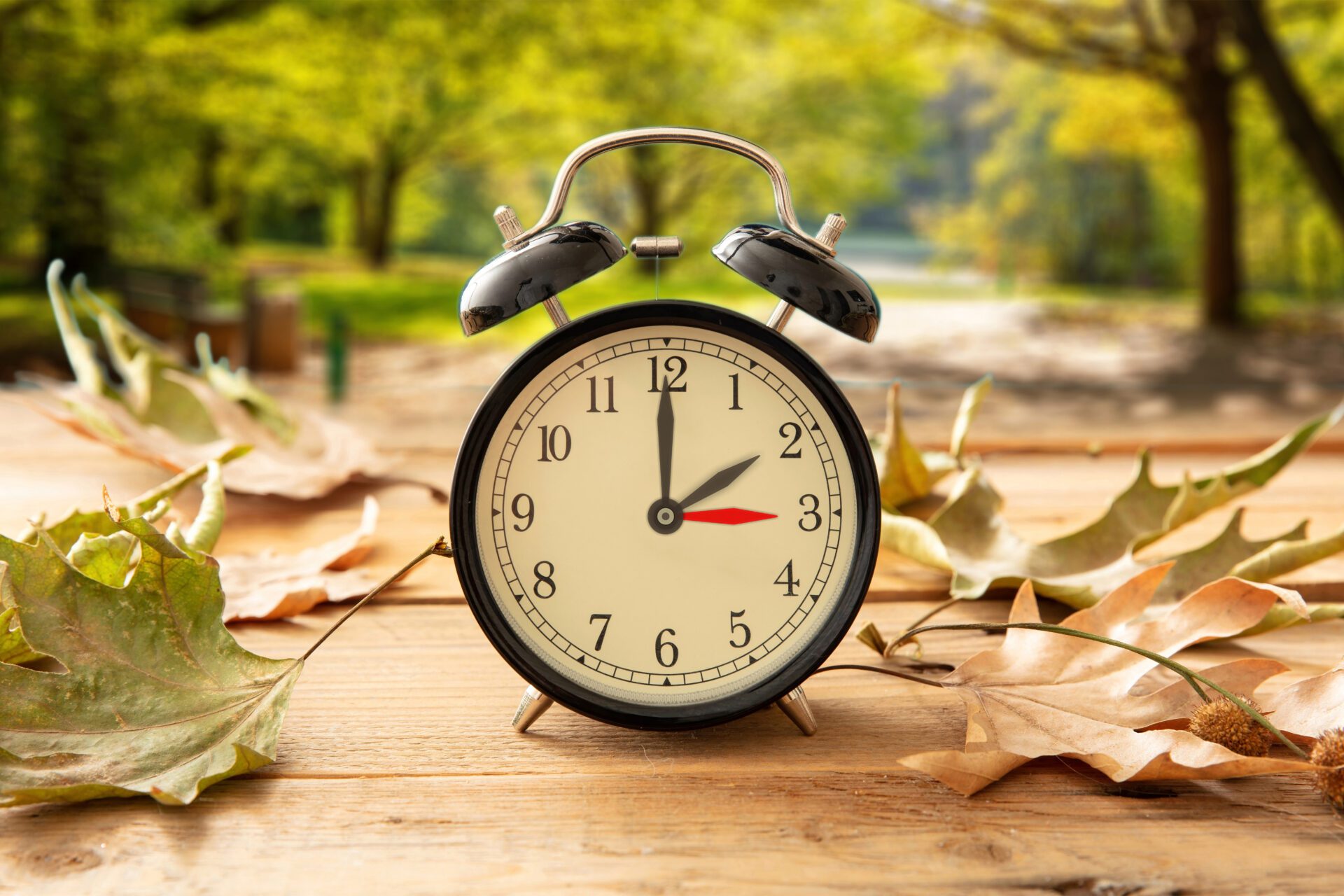
Why We DON’T Want To Get Rid of Daylight Savings:
Earlier this year when there was talk about doing away with daylight savings, it maybe seemed trivial. Why do we do this silly clock thing every six months? Changing clocks by an hour seems like an insignificant jump but it does have chain effect of more complicated consequences. When The Sunshine Protection Act was in the news, I had the same conversation among friends and family – sure the time change is annoying but why keep “spring forward” or DLS time when “fall back” time makes more sense through all seasons. In fact “fall back” time is Solar Time and has been the regular time long before Day Light Savings was introduced.
This year was the third and most successful round that Sen. Marco Rubio (R-FL) has tried to make DLS year-round. Rubio proposed the “Sunshine Protection Act” in 2018, 2019, and 2021. Noticeably, out of all the states on the mainland US, Florida is the state that would be the least affected by this proposition. The Sunshine Protection act would actually decrease the amount of sun most Americans would get in the winter months.
- MYTH: Day Light Savings time does not have any agricultural ties. In fact, most farmers don’t like it. It’s a huge inconvenience.
Daylight savings was first conceptualized by Ben Franklin while in Paris. When the sun woke him in early in the morning after a late night, he had the idea to run some numbers that if everyone stayed up late night and slept through the morning like him, about 64 million pounds of wax would be wasted in six months. Bottom line: it’s efficient to wake up with the sun and go to bed when it’s dark.
It wasn’t until WWI that Germany was the first country to implement clocks jumping forward in order to be more energy efficient. The States changed the clocks in 1918 and kept it after the war (for the most part). Nixon instated DLS time year-round to help conserve energy during the energy crisis. Initially there was a 78% approval rate but it was scrapped in the first year, 1974 when everyone was going to school or work in total darkness.
Keeping DLS hours in the winter goes against the circadian rhythm. “The Sunshine Protection Act” would have supported the economy by conserving energy and giving consumers an extra afternoon hour to consume more, but starting the day long before sunrise would wreak havoc on sleep which most Americans already don’t get enough of.
To Get Sciency: In the fall/winter months, the sun rises later and sets earlier, meaning shorter days. However, losing morning and evening light is not perfectly bookended due to the tilt of the earth. The change in sunrise is double or triple the change in sunset times. For example, in Washington DC the sun will rise 45 minutes later but only set 13 minutes earlier in December. Spring Forward takes sunlight from the morning and gives sunlight to the afternoon. Keeping DLS year-round would compound the effects of shorter days because the time of sunrise moves significantly more than time of sunset.
The sunny side is that it didn’t pass this year. If your reading this feeling a little disoriented or jet lagged because of DLS we can blame Ben Franklin for messing with the clocks. If the proposition had anything to do with sunlight hours, convenience, or health, Rubio would have proposed Solar Time as the standard.
*It’s worth noting that several sources mentioned the golf industry as a lobbyist for year-round DLS time. Given more afternoon daylight means more people can play golf.


